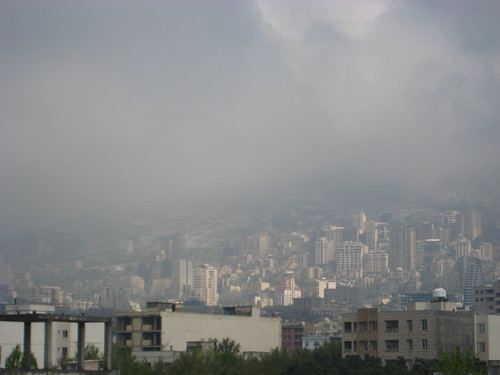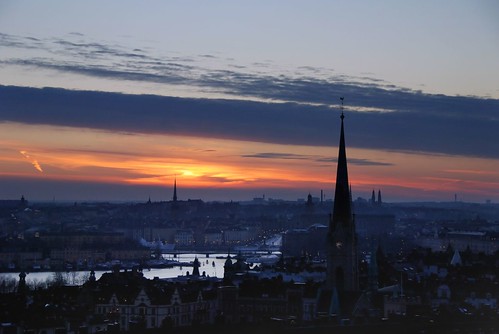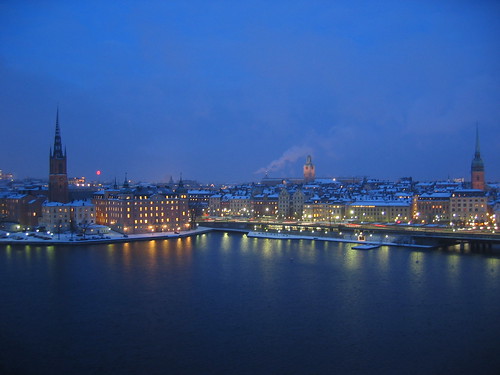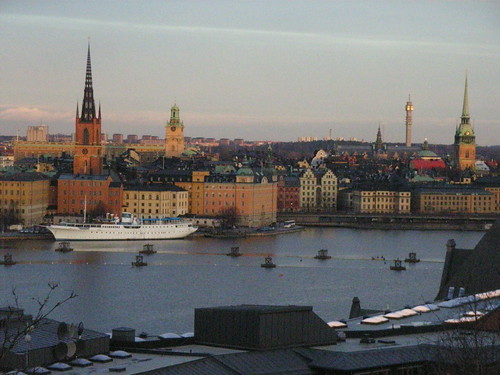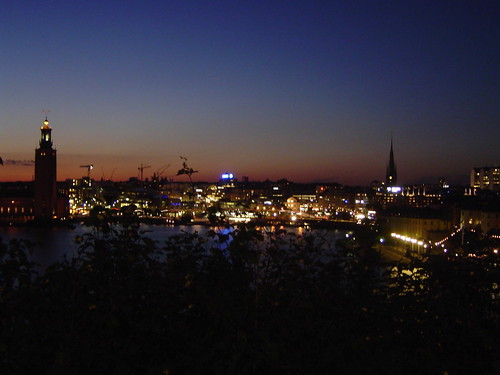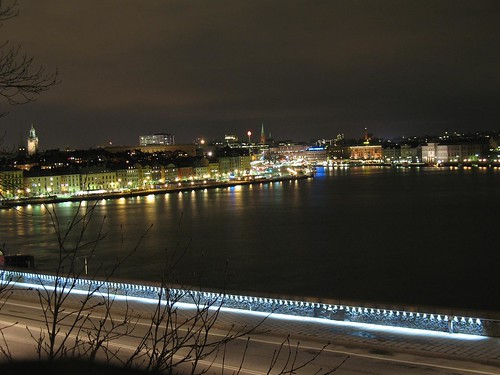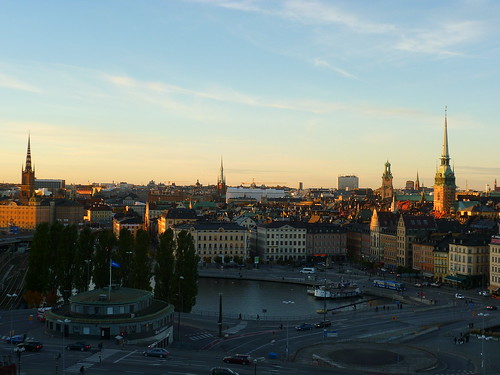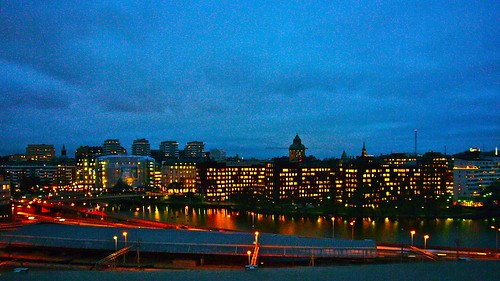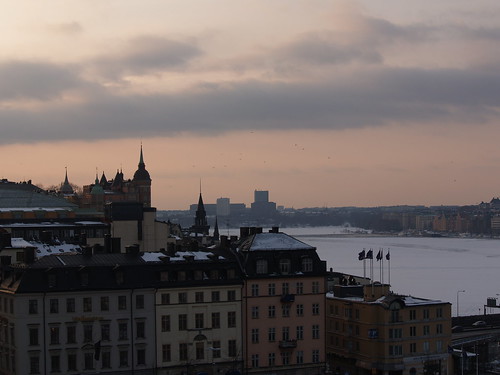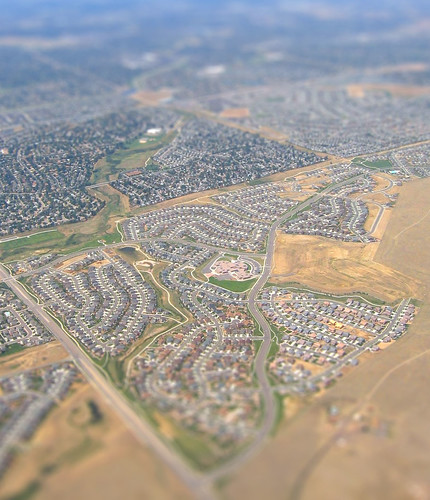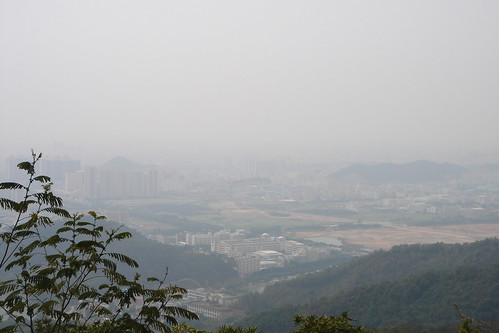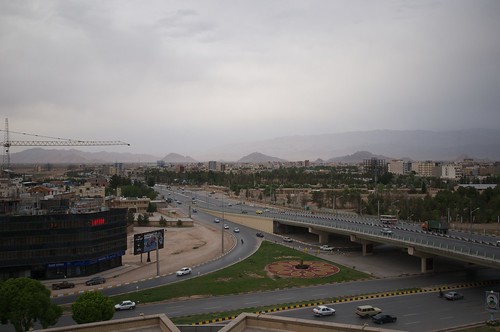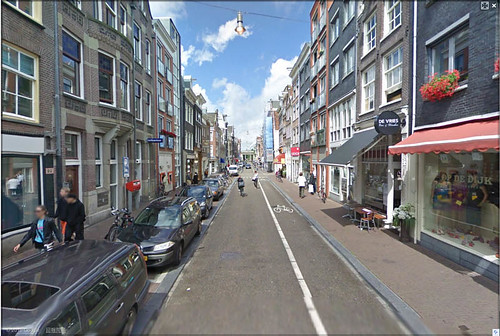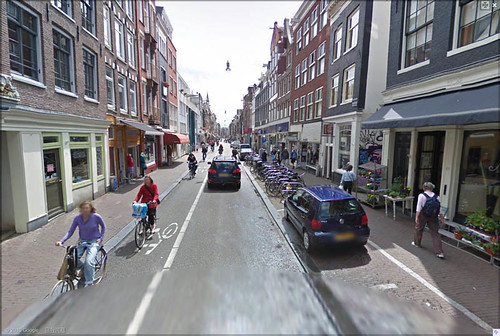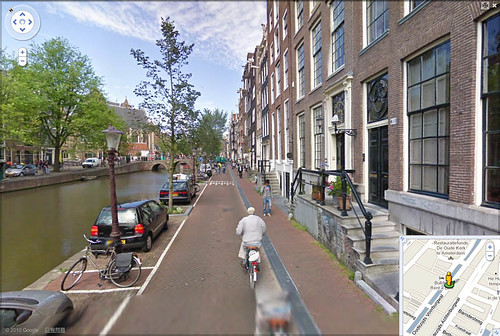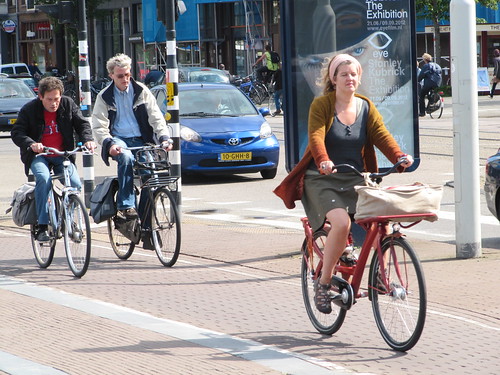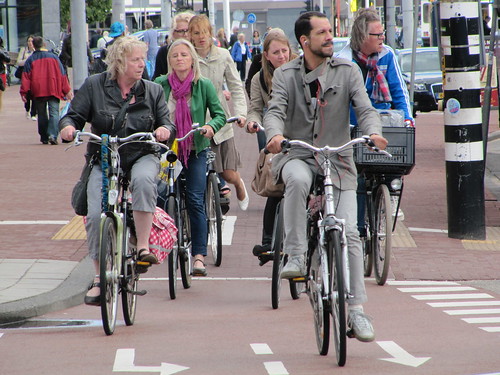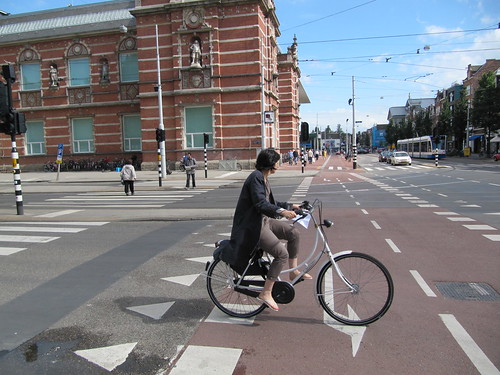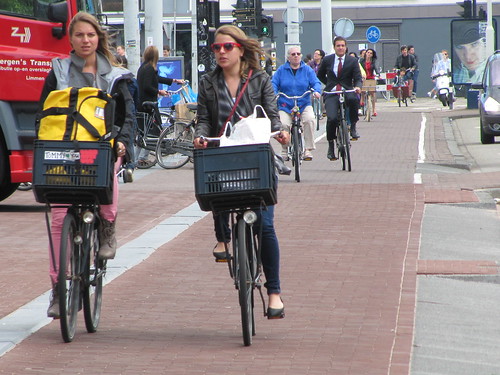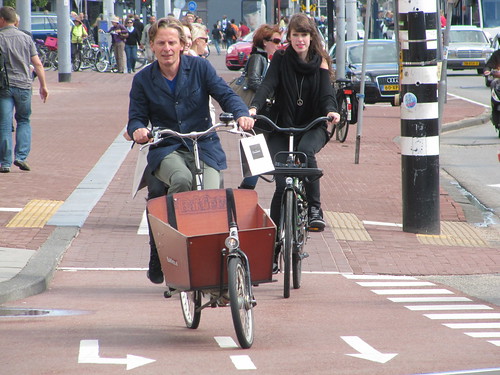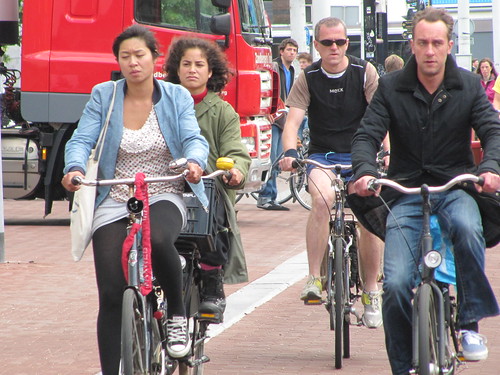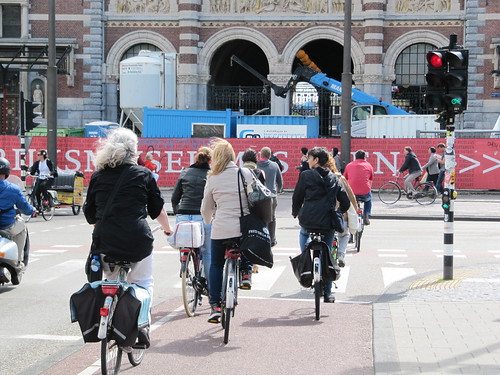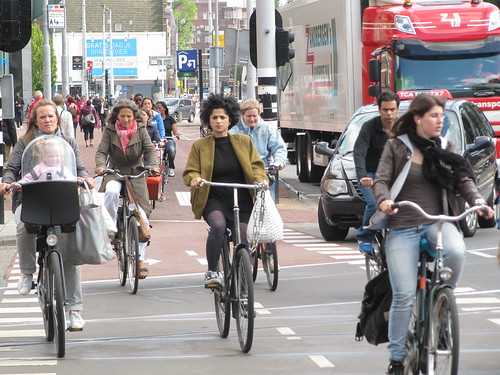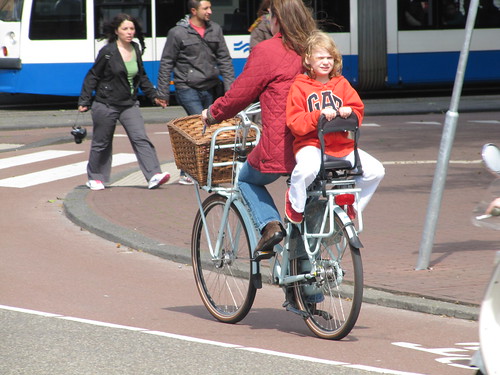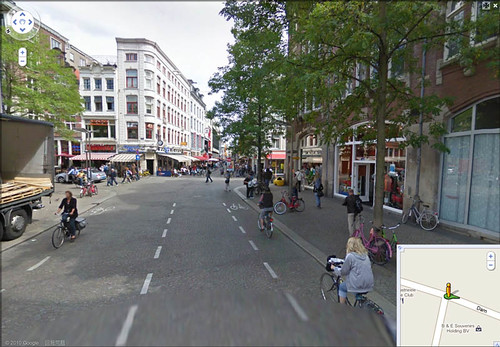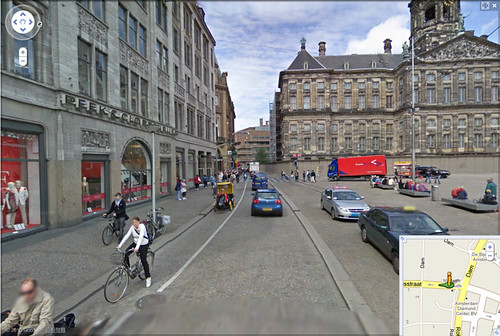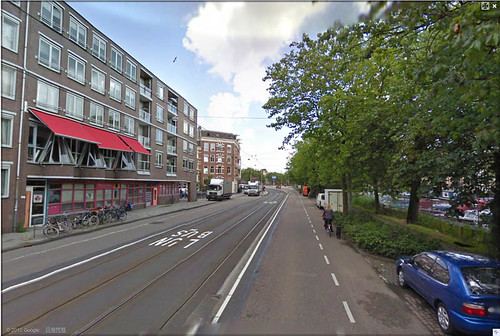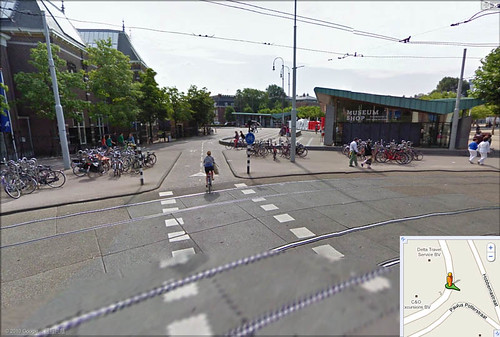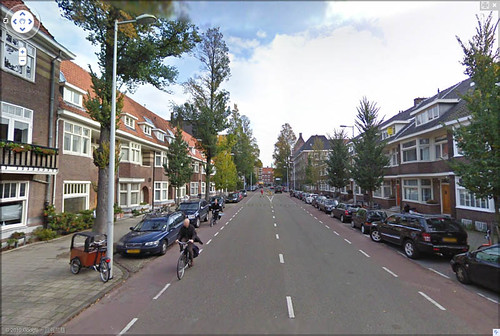Based on a report by ERM Mitchell McCotter Pty Ltd.
This chapter reviews the objectives of the Liveable Neighbourhoods Community Design Code (Liveable Neighbourhoods) and examines the relationship between urban design and the guidelines for street layout, design and traffic management which are the principal subject of this publication. For simplicity these guidelines will be referred to as ‘Traffic Management Guidelines’ throughout the remainder of the document.
Liveable Neighbourhoods promotes a more traditional spatial structure for new developments and provides an alternative approach to the design of neighbourhoods and towns to achieve compact, well-defined and more sustainable communities. It provides an approach to movement networks, street design and intersection control to support communities of neighbourhoods.
Communities are based on a system of ‘walkable neighbourhoods’. The neighbourhoods comprise land within a five-minute walk, or 400-metre radius. They are shown as circles with an area of around 50 hectares. Where a site is of sufficient size, neighbourhoods are clustered together around a central town.
Neighbourhood centres are no longer located in the centre of ‘cells’. Arterial streets and important local streets called Neighbourhood Connectors form the spine of the neighbourhoods and town, rather than the edges. Neighbourhood and town centres are located at the junction of these streets, reflecting their economic value in the modern movement economy. In this way the passing vehicle traffic supplements the local neighbourhood pedestrian and cyclist traffic in supporting the local shops (refer to Figure 1).
Liveable Neighbourhoods provides for a highly interconnected network of streets. The interconnected network allows compatible land uses that are required for daily needs to be located with walkable access and proximity. This provides a viable alternative to the need to drive from one land use to another, thus reducing traffic congestion on Arterial streets.
Culs-de-sac become less frequent, and are normally located near the far edge of a neighbourhood or town. They should be placed in a through reservation for pedestrian and cycle access and located so that they do not impede overall connectivity.
All streets, including Arterial streets and Neighbourhood Connectors, have an important role in the urban structure. They contribute to community liveability by integrating all modes of travel including motoring, walking, cycling and using public transport; and by supporting active land uses on both sides. The emphasis is upon connectivity, amenity and integration to achieve safe, efficient and attractive street networks.
The interconnected street system provides for ‘perimeter block’ development. Development fronts streets and open spaces, which is important for passive surveillance of these public spaces to provide for personal safety. On busier streets, service roads, laneways or lot layout techniques are used to enable development to front arterial routes, rather than back fencing. Personal safety of pedestrians is also achieved through avoiding segregated trails and narrow pedestrian underpasses in favour of on-street footpaths and safe pedestrian crossings at intersections through appropriate controls, including traffic lights.
Streets are designed to comfortably accommodate non-vehicular users and to support adjacent land uses. Footpaths and generous street trees are reintroduced to make walking attractive in Western Australia’s predominantly hot climate.
Streets are provided with on-street parking capacity to increase the amount of shared public parking and allow better utilisation of parking spaces. Onstreet parking also supports changes to development (intensification) over time.
Liveable Neighbourhoods provides for enhanced local identity, a wider choice of housing type, increased residential density over time, a more significant component of other land uses to support daily needs, including local employment, and higher levels of public transport provision.

more about walkability:

